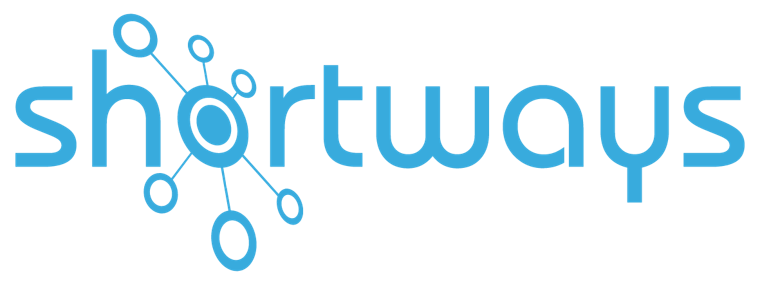User onboarding for a Human Resources Information System (HRIS) is often reduced to an administrative step: granting access, sharing a user manual, and offering an initial training session.
However, in practice, this approach quickly shows its limits. HRIS adoption does not only depend on the quality of the tool, but mainly on how well it is understood, integrated and used by employees.
In a world where organisations evolve quickly, where applications are constantly changing and where training time is limited, it is more important than ever to rethink user onboarding.
1. Users poorly prepared to use the HRIS
Most HR and non-HR users only log in to their HRIS occasionally. They use it to update personal data, request leave, validate appraisals or submit timesheets. These are simple tasks… but not always intuitive. When faced with a complex interface or unfamiliar processes, users often turn to support or improvise.
And for good reason: traditional training methods like classroom sessions, one-off webinars or PDF manuals are no longer sufficient. Today’s employees only have a few minutes to spend on learning, and usually focus that time on priority tasks. HR-related matters often come second.
💡 Tip: Plan a segmented onboarding journey, with micro-trainings delivered gradually according to business needs and embedded directly into the HRIS. This format helps users adopt good practices without cognitive overload.
2. Direct impacts on HR processes and data quality
Poorly designed onboarding leads to very tangible consequences: incorrect data entries, incomplete processes, poorly followed appraisal campaigns, distorted HR indicators… HR data quality is directly correlated with the level of HRIS adoption among users. And when users are not properly trained, HR teams have to compensate, correct, reprocess, or re-explain.
HR support becomes a hub for fixing errors rather than a driver of continuous improvement. Add to that the frustration of users who get lost in the system, submit multiple support tickets, or turn away from the HRIS in favour of parallel solutions like emails, Excel files or printed forms.
💡 Tip: Help users navigate by integrating support into the screens. Run awareness campaigns on data quality and the importance of entering accurate information. Show the real-life consequences of incorrect data to strengthen user engagement.
3. Rethinking onboarding as a continuous and personalised process
It is time to move away from one-time onboarding and adopt a continuous, personalised approach. Users should not be trained once and for all, but supported over time. Especially since the HRIS evolves regularly, new modules are activated, and specific user groups (managers, seasonal staff, temporary workers) need targeted training.
Good onboarding is not just about sharing information. It must adapt to each user’s role, skill level and context. It should also rely on internal communication tools (HR portals, intranet, newsletters) to regularly remind users of best practices or highlight new features.
💡 Tip: Create on-demand help resources like short videos, step-by-step guides or infographics, accessible at any time and updated regularly. Encourage a culture of self-directed learning.
Conclusion
User onboarding is much more than a box to tick. It is a key factor in HR performance. When well-designed, it facilitates HRIS usage, reduces errors, eases the burden on HR support, improves data quality and boosts employee satisfaction. But to be effective, it must be treated as a dynamic, contextual and user-centric process, aligned with modern digital habits.
👉 To go further on this topic, discover 5 barriers to onboarding new users





